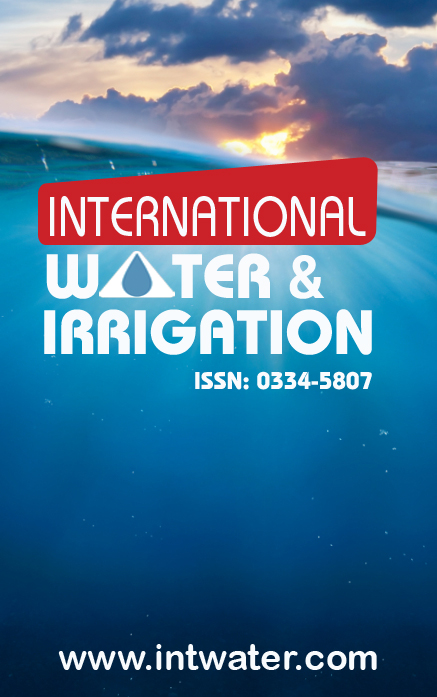Advances In Soil Moisture Monitoring Technology
Main Article Content
Abstract
Advancements in soil moisture monitoring technology play a crucial role in enhancing agricultural productivity and sustainable resource management. Traditional monitoring methods often face limitations, such as high labor costs and inadequate spatial coverage. Recent innovations include the integration of remote sensing technologies, such as satellite and aerial imagery, which facilitate large-scale assessment of soil moisture levels. Additionally, the development of advanced soil moisture sensors—such as capacitive and time-domain reflectometry sensors—has improved accuracy and durability while reducing costs. The incorporation of Internet of Things (IoT) devices enables real-time monitoring and data transmission, allowing for timely decision-making in irrigation practices. Furthermore, machine learning algorithms enhance the analysis of soil moisture data, aiding in predictions based on environmental factors. These technological advancements contribute to precision agriculture, supporting optimized water management and improved crop yields. In the context of climate change, innovative monitoring solutions are essential for assessing drought conditions and flood risks, promoting resilience in agricultural practices. Continued research and investment in these technologies are vital for achieving sustainable land use and effective environmental management.
